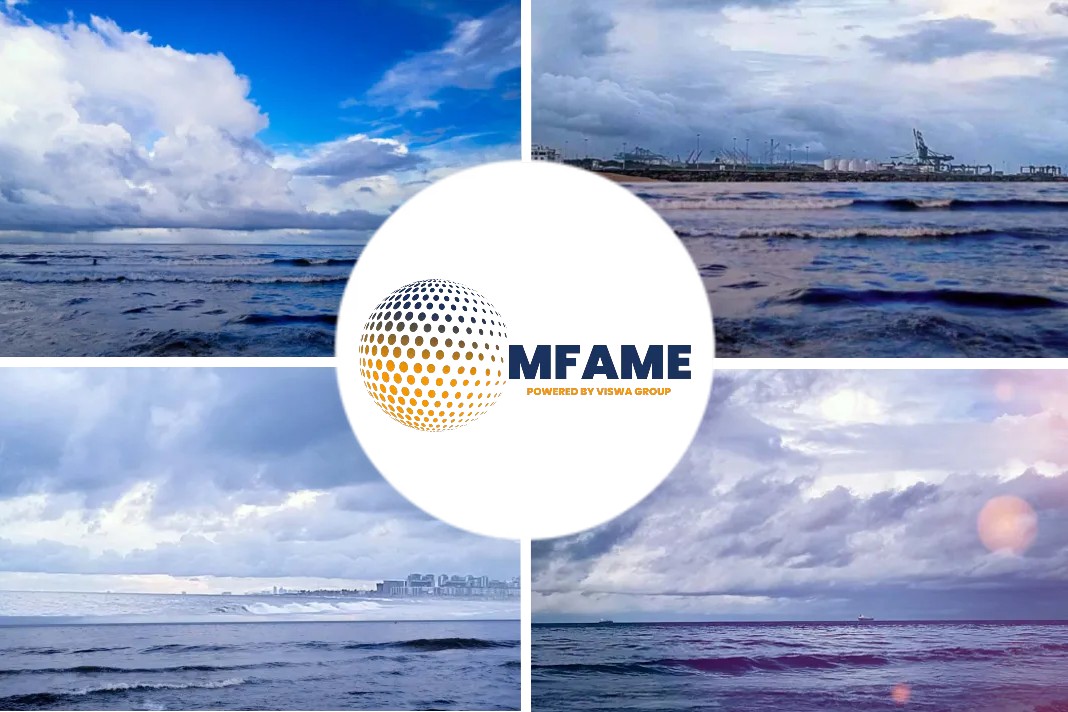 Exactly seven months after a tragedy which devastated a nation, doomed ferry the Herald of Free Enterprise sailed like a ghost ship past the port she once called home, reports Kent Online.
Exactly seven months after a tragedy which devastated a nation, doomed ferry the Herald of Free Enterprise sailed like a ghost ship past the port she once called home, reports Kent Online.
The unrecognizable remains
The battered remains of the cross-Channel vessel limped along the Kent coastline towed by the Markustrum, an ocean-going tug-boat. Attached by cables, the ferry’s carcass was unmanned and without power.
Gone were the recognisable trademarks of its operator – Townsend Thoresen; the distinctive ‘double T’ on its funnel painted over, along with the firm’s name along its port and starboard sides.
Even the words Herald of Free Enterprise were now removed, replaced by the name Flushing Range – taken from the name of the Dutch port to which it had been taken after being refloated. The captain of the tug had been ordered to ensure as it travelled past Dover’s iconic white cliffs, it did so under the cover of darkness.
The catastrophic journey
This is the remarkable story of the final voyage to the other side of the world for a ferry which made headlines around the globe 34 years ago in the most tragic and devastating of circumstances.
It was a trip which saw the haunted, infamous, vessel break free and drift aimlessly on a number of occasions, leaving those who worked on her to remark “she didn’t want to leave”. Believe it or not, theories exist that rather than be turned into scrap she continued to operate as a passenger ferry.
The final passenger voyage of the Herald of Free Enterprise has been told many times and for many the wounds of that dreadful night on March 6, 1987, remain raw. Setting sail from the Belgium port of Zeebrugge, packed with 459 passengers and 80 crew, the roll-on, roll-off ferry was making a trip it was all too familiar with across the Channel.
It had started operating the short continental route between Kent and the mainland in 1980 – one of three identical vessels, differentiated only by their colour schemes, ordered by Townsend Thoresen in the late 1970s.
Built alongside her sister ships, the Spirit of Free Enterprise and Pride of Free Enterprise, she was crafted by Schichau Unterweser, a German shipbuilder based in Bremerhaven on the north west coast of Germany. Launched in December 1979, she was delivered to Townsend in May 1980 and started operating the Dover to Calais route later that month.
It was an era when the ferry was king and the cross-Channel industry was booming. Day-trips were big business, as were ‘non-landers’ which allowed passengers the chance to cruise across the Channel to take advantage of duty free stores on-board offering big discounts on cigarettes and alcohol, without disembarking. Capable of taking a capacity of just over 1,300 passengers, a Friday in early March was far from the peak times the summer months would bring the industry.
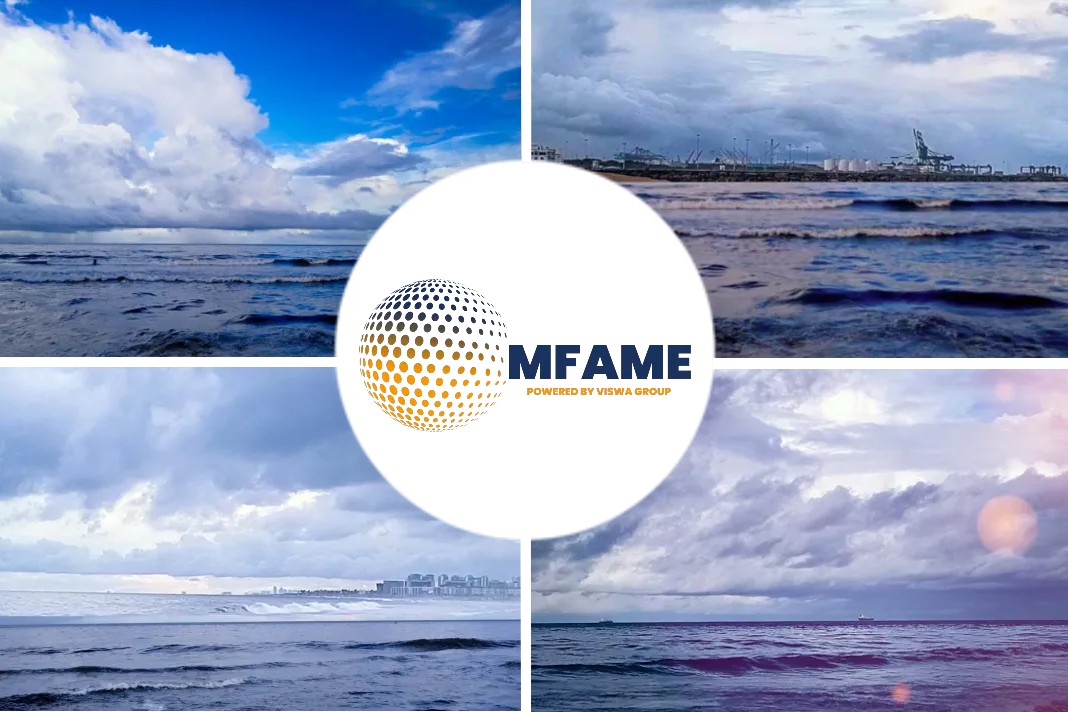 A devastating turn of events
A devastating turn of events
But, as so often was the case, the Sun national newspaper had been running a popular £1 promotion for the out-of-season trips and many had taken advantage. As it left Zeebrugge at 6.05pm, the weather and sea was calm. But disaster was just moments away.
The bow door – the point cars and lorries entered – had not been closed and just moments after it left the outer port wall water began to flood onto the car deck. Within a matter of seconds, the ship started to list before it capsized at horrifying speed.
Falling onto a shallow sandbank, it remained half submerged. As the water had flooded the engines, the passengers had been plunged into darkness. The terrifying cacophony of crumpling metal, smashed glass and screams of help as water flooded passenger and crew areas is impossible to imagine. Some 193 people lost their lives on that dreadful night. Their memories kept alive each year with a service in Dover. This year’s will be conducted online.
The fall-out and inquiry into the tragedy would usher in safety measures which would transform the industry around the world. Pictures of the half-submerged Herald of Free Enterprise were beamed around the world. But while the focus was on those who had perished, the talks and the operation began into what to do with the wreck.
 Recovering the vessel
Recovering the vessel
Two days after she sank, Townsend Thoresen agreed a verbal agreement with the Dutch salvage firm Smit Tak. The Rotterdam company, a specialist in the field, worked alongside URS Towage and Salvation Union in Antwerp to prepare to recover the ferry.
By welding strong points onto the ship’s hull – which remained intact – Smit Tak’s team were able to attach thick cables to pull barges, which in turn were attached to concrete posts drilled into the seabed.
On the morning of April 7, a little over a month since she sank, the operation to pull her off the sandbank began. After 10 hours and with the ship almost upright, the salvage was paused as authorities entered the ship to recover those who died and were trapped.
The grisly recovery process took several days before the draining of the water and making her watertight could begin. But before it can, fate played a part, with gale force winds and six-metre-high waves crashing into the supported vessel, breaking cables supporting it and making it list once more and sink further into the seabed.
The ‘Doomed Voyage’
It took another week to reattach it and secure its position before refloating could begin. Finally, on the morning of April 27, she was towed back into Zeebrugge where she started her doomed voyage. There the unloading of mangled and crushed cars and lorries from the vehicle deck, and a mountain of debris from within the vessel took place.
Once complete, the ferry was towed to the Dutch port of Vlissingen – or Flushing as it has long been known in English – on May 14. While there was some speculation she could have been repaired, the damage was too great; the publicity of any return surely too negative to contemplate. And she was declared a lost cause.
The scars of its trauma were clear to see – decks on one side were mangled and battered. The rear of the ship bent out of shape. Its engines flooded and drenched in silt. While there, it acquired its new name – Flushing Range – after the dock.
The story continues
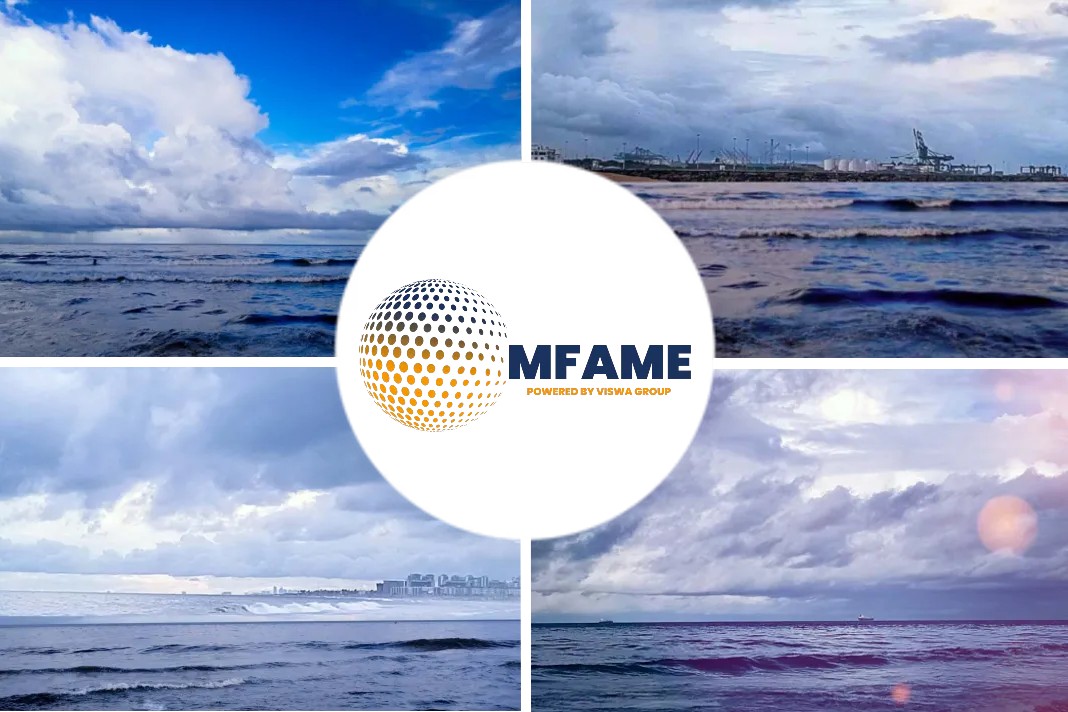 But its remarkable story doesn’t end there.
But its remarkable story doesn’t end there.
Looking to cut its losses, the ferry company Townsend Thoresen struck a deal to scrap her and she was sold to Caribbean shipping company Compania Naviera. Plans were then arranged for her to be towed to a breaker’s yard.
While many vessels would go to yards in Turkey or India, Flushing Range was destined for Taiwan. A destination which sparked theories she was put back to work.Yet her journey there – taking her from the Dutch port, along the Channel and then down France’s west coast – was packed with incident.
Being towed by the Markustrum tug, she was joined on her final journey by Townsend Thoresen cargo vessel the Gaelic Ferry – also destined to be scrapped. Attached by cables, they were escorted through the Bay of Biscay when storm force winds which formed the 1987 ‘hurricane’ which caused such devastation in Kent, hit.
Both broke their tow ropes on October 16 and for days were left drifting aimlessly. For a day they could not be found. They were eventually spotted close to the Spanish coast and recovered.
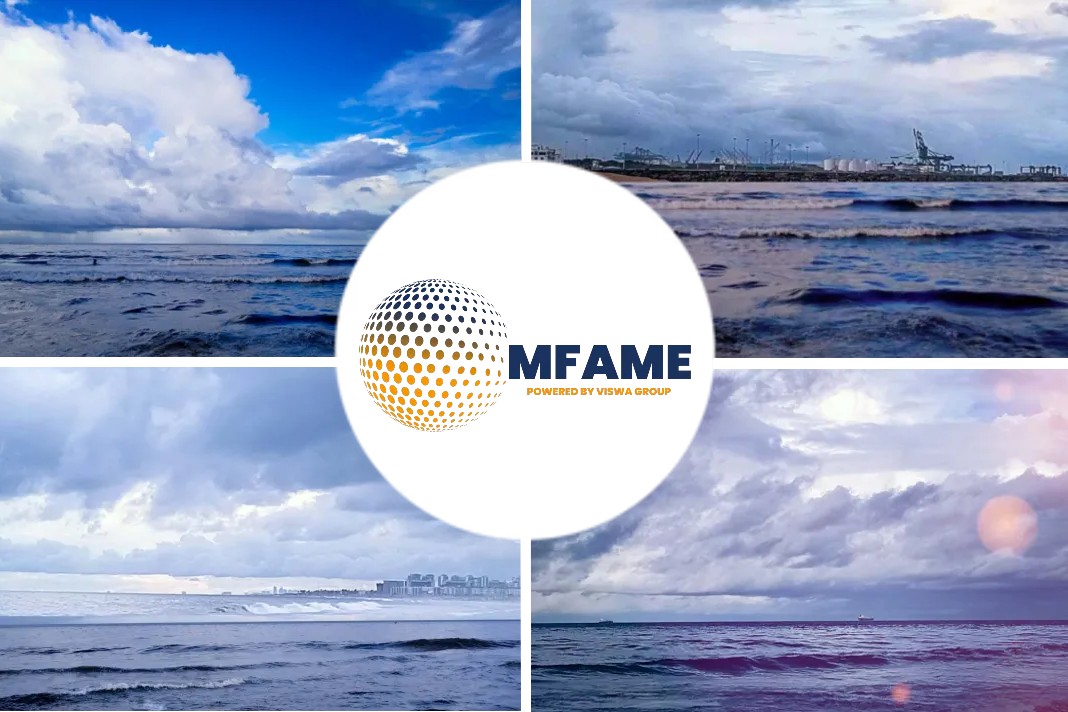 Struck by calamity yet again
Struck by calamity yet again
The journey continued but as she reached the notorious Cape of Good Hope off South Africa on December 27 another storm once again saw the ship break free. The captain of the escorting tug said he had never experienced such bad weather.
Both vessels were eventually recovered and they were towed into Port Elizabeth before the journey recommenced. Eventually, on March 22, 1988 – more than a year since she sank – she arrived in the Taiwanese port of Kaodsiung.
“The ferry was in a disastrous state,” Wang Chin-yeh, an official of ship salvage company Chi Shun Hua Steel Co, was reported as saying when it arrived. He added: “There’s only mud and garbage left inside.”
It would be her lasting resting place as she was scrapped. Except for some theories which persist – that she was refurbished and returned to service.
A Few speculations
One historian, who did not want to be named, said he believed such tales were nonsense – but that the choice of Taiwan had fuelled the speculation.
He said: “There is a theory that as she was on the other side of the world she was put back into work and no one would know. But in all the years, nothing has ever come to light to suggest that was the case.
“But its final journey prompted many people who worked on her or who knew her well to reflect that she didn’t want to go. Crews become very attached to the vessels they work on and feel close to it.”
Townsend Thoresen’s owner was swift to rename its company following the tragedy, morphing into P&O Ferries and changing the livery of its vessels from the distinctive red of the Herald to a deep blue. It continues to be a major operator today.
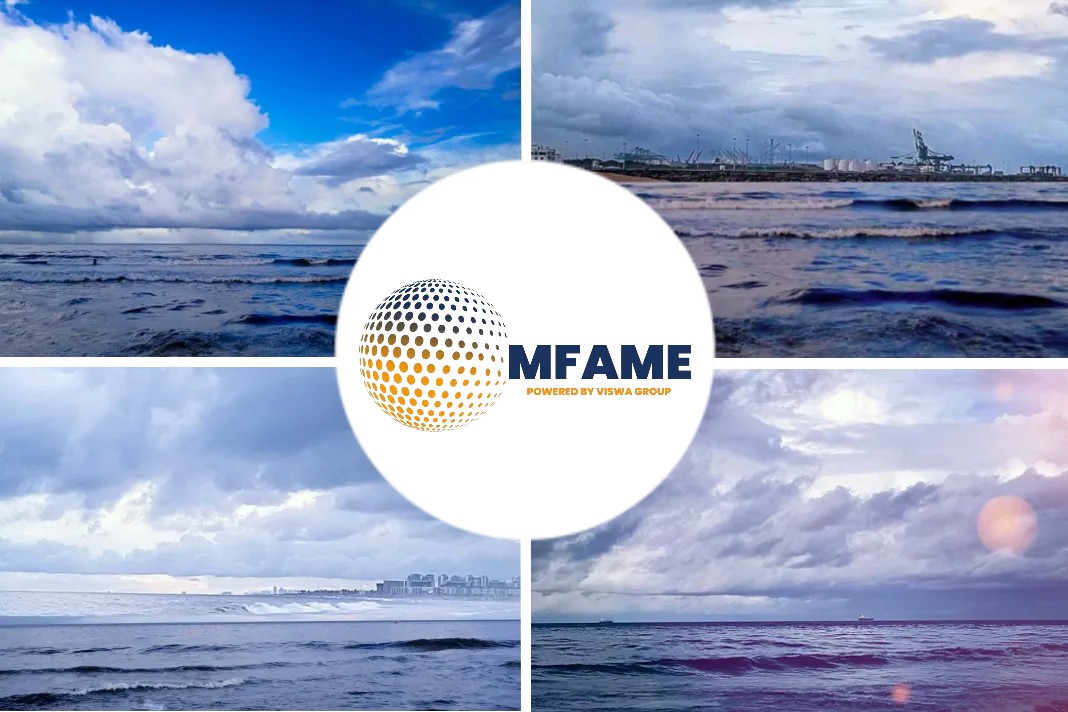 The sister ship
The sister ship
In October 1987, a coroner’s inquest jury returned verdicts of unlawful killing. P&O faced corporate manslaughter charges but the case collapsed.
The Herald’s sister ship, the Spirit of Free Enterprise, would undergo a number of name changes – most notably to the Pride of Kent in the aftermath of the tragedy – and continued operating the Dover to Calais route, being enlarged in 1991. She was eventually sold to a Greek firm operating as a passenger ferry between the Greek islands. She was eventually scrapped in 2012.
The Pride of Free Enterprise was renamed the Pride of Bruges in October 1987 and operated the Dover to Zeebrugge route for many years. Renamed the Picardy a little over 10 years later, she was sold to TransEuropa Ferries in 2001 where she took on the moniker Oleander.
She worked the Ramsgate to Ostend route for a number of years before being sold and operating between Spain and Morocco as a passenger ferry before she was scrapped in India in 2015. With her, the last of the Herald’s family was gone.
Those who died on that terrible night on March 6, 1987 – or who were forever damaged by it – are never forgotten.
Did you subscribe to our daily newsletter?
It’s Free! Click here to Subscribe!
Source: Kent Online

























